We had the opportunity to chat with Sachit Gupta, Vice President of Kadence International’s India office, as part of our ‘People in Research’ series. Sachit has a wealth of experience in the industry and an impressive grasp of the Indian market, which made him the ideal person to ask about the most recent market research trends, challenges, and possibilities for rural India research.
Can you tell us about your journey to becoming Vice President of Market Research at Kadence International’s India office?
I started my career in 2001 with a leading industry chamber as a research executive. Initially, I worked on policy research and, in 2004, got into primary research. I joined Mode Pvt Ltd. (now GfK) as a research executive and worked in different positions for the next ten years. I was primarily looking after consumer research businesses and handled some of the key clients, such as Coca-Cola India and YUM Foods. I was also India lead for the mystery shopping business at GfK.
In 2015, I joined Karvy Insights, an Indian start-up market research company, as Associate Vice President and handled various corporate and social sector clients for seven years. Some of the key clients I serviced were Carlsberg, Syngenta, and Dabur (an Indian FMCG company).
Finally, in 2022, I joined the Kadence India office as Vice President. Currently, I oversee the Insights business at Kadence India.
How has the market research industry in India evolved since you first started?
The market research industry in India has seen many changes in the last decade. The explosion of data volumes, types of data, and sources, and, more importantly, the pervasiveness of technology, has substantially expanded and enabled many non-traditional methods of research.
We have come a long way from the days of pen-and-paper interviews to electronic interviews, from program-based analysis to the use of machine learning, artificial intelligence and predictive analysis to make sense of big and complex data.
Similarly, there is a significant shift in how we collect data from memory-based responses and elaborate diary-based data collection methods to more reliable and accurate passive data collection techniques using app-based technologies.
COVID, in many ways, has acted as a catalyst in promoting technology and tech-based solutions in market research. Agencies are adopting shorter, cheaper, smarter interviewing techniques to gather real-time data and provide quick and reliable client solutions.
Another change I see happening is the consolidation in the industry. The prominent players in the industry today are trying to focus on their core strengths, that is, insights and consulting, and outsourcing many of the support functions, such as field operations and analytics, to smaller boutique firms. It is an effective way to stay leaner, more focused, and profitable long-term.
What sets Kadence International apart from other market research companies you’ve worked for?
At Kadence, we have the reach and network of a large global company, but at the same time, we are nimble and flexible when it comes to customizing solutions for clients.
Today, when most large agencies are outsourcing support functions such as operations and analytics, we at Kadence take pride in having all functions in-house. This helps us keep close control of quality and overall project management.
Also, the culture at Kadence India is collaborative and cohesive. We are a small, closely-knit unit; all departments work in close coordination. The top management is entirely hands-on and can be approached 24X7 for any issue.
How do you ensure timely and cost-effective delivery of market research projects?
We follow a few principles to ensure projects remain profitable and are delivered on time.
- There is the involvement of the operations team at the proposal writing stage. We ensure there is a buy-in from the operations team on the feasibility of accessing the target group, field budget, and timelines at the proposal submission stage. It ensures that all stakeholders are aligned on the agreed deliverables and avoids time and cost overruns later on.
- Similarly, educating the clients on the minimum time required for us to collect quality data, the optimum length of the interview, and other such timelines is equally essential. We understand our clients have pressing deadlines, but we are responsible for educating them on certain aspects to deliver quality output.
- Finally, strict adherence to set protocols and processes within the internal teams at Kadence ensures we honor our commitments. We have documented procedures at Kadence, and much emphasis is laid on ensuring compliance at all levels.
Can you share a particularly challenging research project you’ve worked on and how you overcame any obstacles?
The research that comes to my mind is the one where we had to study the consumers of hair color. The study’s objective was to do a sufficiency test with respondents to assess whether the quantity of hair color was sufficient. As we had to test two product samples sequentially, ensuring the respondent applied the hair color when a good number of hair strands had turned grey was critical. In the normal course of fieldwork, it would have meant leaving the decision to the judgment of the field investigators. This would have introduced an element of subjectivity into the research.
As a solution, we created a WhatsApp group wherein we asked the respondents to post a photograph of their hair before applying hair color. Specific parameters regarding what percentage of hair should be grey for the application of color were decided in consultation with the client. A dedicated team of researchers was set up to scan the photographs of all respondents. We only asked the respondents to use the hair color when the criteria were met.
This brought much objectivity into the study and ensured the final results had no personal bias. The findings were well received by the client.
What are some of the most significant opportunities for market research in India?
The Indian research and insights industry grew at approximately 12% CAGR from FY17 to FY20 and is expected to double by FY26. I see a lot of opportunities and headroom for the business to grow. To be specific, I see the following trends or opportunities in the next few years:
- The ask from research agencies will be much beyond simple analytics. There will be strong expectations from the clients in terms of value-based insights using advanced analytics such as machine learning and predictive analytics.
- The pandemic accelerated the shift towards online panels. This trend will continue in the future. Due to the advantages of economy and speed, I see a declining preference for face-to-face, in-person interviews and a greater proliferation of online panels.
- Much stronger focus on rural research. We are already seeing saturation in urban markets, and the rural economy in India will fuel the next level of growth. Therefore, there will be a sustained focus of all clients on understanding consumer behavior in the rural markets.
How does Kadence International incorporate technology into its market research methodologies?
Technology is at the heart of all the research we do. Kadence India has one of the largest state-of-the-art CATI infrastructures in India. We are also investing heavily in creating our independent online panel, which should be up and running soon.
In addition, there is a conscious focus on promoting digital data collection modes, whether online qualitative interactions, app-based surveys, or passive data collection.
We have a full suite of data collection techniques and customize our solutions depending on the client’s needs and budget.
How does your team stay current on market research trends and advancements?
One of the KRAs for research managers is proactively using cutting-edge tech-based solutions for research problems. We always seek technology partners to collaborate for new and innovative methodologies. These collaborations and interactions with technology partners give the team good visibility on the emerging trends in the technology space and how best they can use those solutions in tackling clients’ marketing issues.
We also organize knowledge dissemination sessions within the insights team, wherein, if a particular team uses a new technology or an innovative methodology, they are encouraged to share it with other team members through these sessions. The larger objective is to promote a culture of sharing and learning and stay updated on new and emerging trends.
What is the culture like at Kadence International’s India office?
We have a closely-knit team at Kadence India. There is a collaborative culture between functions, and everyone works towards a unified objective of business growth and client satisfaction.
Having said this, we strive to ensure a good work-life balance for our researchers. They are encouraged to take vacations, spend quality time with family and maintain a family-like environment at the workplace too. We invest in their training and development from time to time for their continued professional growth.
We recently initiated Learning and Fun Sessions (LAF) to encourage team bonding and cohesiveness at Kadence. The objective is to make these sessions as interactive as possible and provide platforms within the company for team bonding and learning. The initial response to the sessions has been very encouraging.
How do you balance the commercial aspects of market research with the ethical considerations involved in conducting social research projects?
Social research projects are generally large-scale projects and thus contribute immensely to the top line of the business. Similarly, since most of these projects are for the government or multilateral bodies, a prestige value is attached, which is also crucial for future business and the organization’s visibility.
Many social research projects are in health or on sensitive topics. Therefore, there are a lot of research-related ethical considerations and protocols one has to keep in mind.
It is important to take a long-term view when pitching for such projects and strike a balance between commercial aspects and ethical considerations of research.
How do you ensure clear and effective client communication throughout the research?
Communication is an integral part of the research process. In fact, it is critical to ensure a project’s success and maintain good client relationships. There are a few practices at Kadence India that we follow:
- Right at the project’s inception, we ensure a kickoff meeting between the research team at Kadence and the key stakeholders from the client side. This is important to ensure everybody is on the same page regarding study expectations and deliverables.
- In the meeting, we also appoint a single point of contact from our team to spearhead all client communications from the research team. Similarly, we request the client to select a single point of contact from their team. This ensures clear lines of communication and avoids confusion or multiple people communicating with the client.
- It is also important to keep the client informed of various milestones with respect to the progress of the study. So we have a system of giving regular updates to the client on how fieldwork is progressing, any issues faced in the research, and timelines for the deliverables.
- We make it a point to keep the client informed of any exigencies faced in the study. So, if the fieldwork is getting delayed or there is an expected delay in reporting, the same is communicated immediately to the client.
What is your favorite aspect of working in the market research industry?
In the last 20 years, I have worked across clients and product categories. The sheer diversity in client issues and problems, the nature of the business, and the people we interact with daily make it an exciting space to work. It allows you to learn and grow every moment and gives you immense satisfaction that, in some way, you are a part of the story of your client’s growth.
In a project execution role, I made it a point to visit the field and interact with consumers. The first-hand experience of directly interacting with people and then translating their issues and problems into actionable strategies for higher-up authorities gives a great sense of achievement and satisfaction.
How do you prioritize tasks and manage time effectively when overseeing multiple research projects simultaneously?
Empowering your teams and encouraging them to take ownership of clients and business is very important. Therefore, I delegate as much as possible and give them the space to make decisions that are in the larger interest of the projects and clients. At the same time, being in a senior position makes it impossible to lose sight of what is happening on projects. Therefore, I try to balance giving teams autonomy while ensuring they stay on course.
Typically, I start my day with a checklist of activities/ tasks to be done during the day and religiously ensure I finish those tasks and do not carry them forward to the next day. So far, it has helped me prioritize tasks and manage time effectively.
Can you tell us about a particularly successful market research project you’ve overseen and what contributed to its success?
I remember overseeing a large market entry strategy research for a global FMCG brand. The study was challenging as it required an accurate estimation of the market size for the category and a nuanced understanding of the current behaviors and habits of Indian consumers across the diverse geographies of India. It also required close coordination between the qualitative and quantitative research teams as the client sought a comprehensive market entry strategy for the brand. The study spanned six months, and at the end of it, it turned out to be a successful project helping the client implement an entry strategy for the brand. It also opened doors for us to get more business from the same client.
Teamwork and our qualitative and quantitative researchers working in close coordination contributed immensely to the project’s success.
What are some unique challenges in conducting research in rural areas of India, and how do you approach them?
India is a diverse country with 29 States and seven Union Territories covering more than 600 districts, roughly 8,000 towns, and more than 0.6 million villages.
There is vast heterogeneity in population characteristics due to socio-cultural factors, caste-based divisions, and religious and linguistic diversity.
Specifically, in the Indian context, ensuring that data capturing and research methodologies are amenable to different languages, literacy levels, and differentiated access/familiarity with the internet is critical.
For the above reasons, research and data collection becomes challenging and calls for a robust methodology that mirrors India’s diversity.
“A one size fits all approach” does not work well when designing a survey or methodology for rural India. For example, poor and backward States like Bihar, Uttar Pradesh, West Bengal, and Madhya Pradesh have more than 75-80% of their population living in rural areas. In contrast, urbanized states like Tamil Nadu, Maharashtra, and Telangana are more equitable in distribution.
Therefore, each State has its unique demographic and socio-cultural profile, which must be considered while designing the sampling methodology in any primary research survey.
Therefore, the key to rural research is managing heterogeneity, linguistic diversity, and gender inclusivity while ensuring project representativeness and commercial viability. One has to strike a balance between the two.
What do you like to do in your free time?
I play with my two kids in my free time. I like spending quality time with them and participating in their school and outdoor activities.
I also keep abreast of the latest developments/ technologies in the market research sector.
For a deep dive into the changing face of qualitative research and the impact of technology on market research in India, read our blog post here.
Get regular insights
Keep up to date with the latest insights from our research as well as all our company news in our free monthly newsletter.
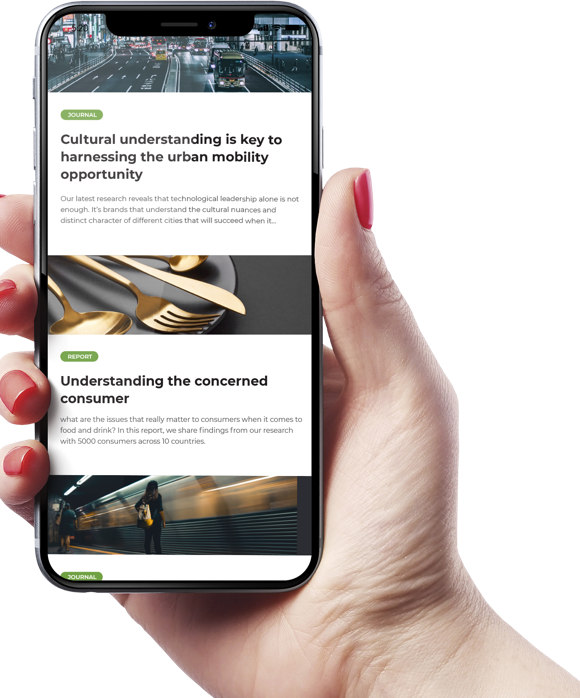
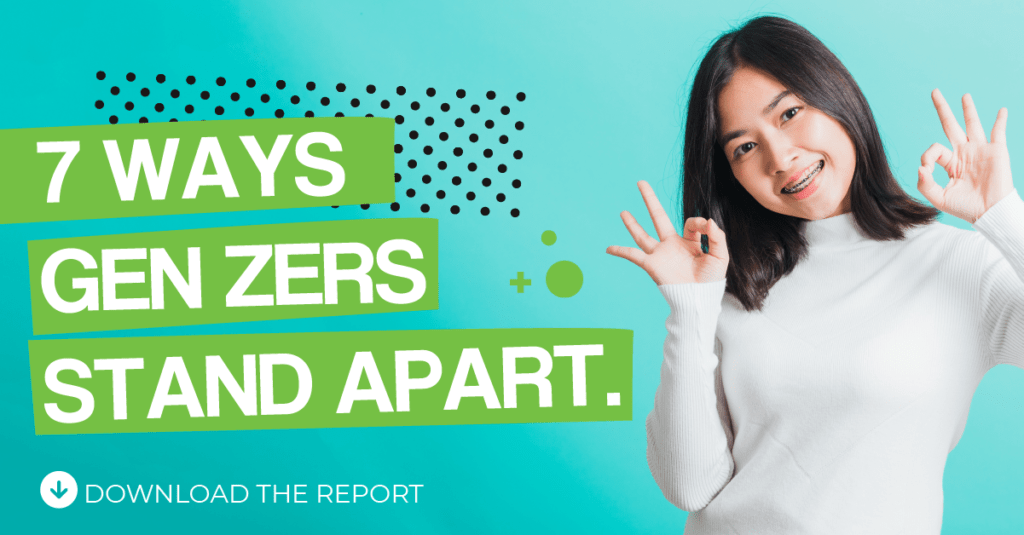
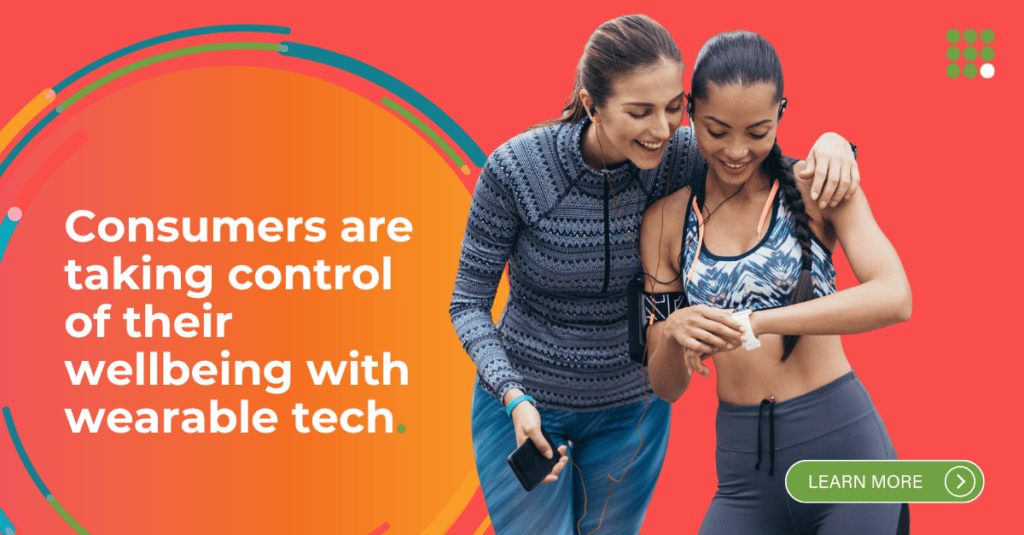
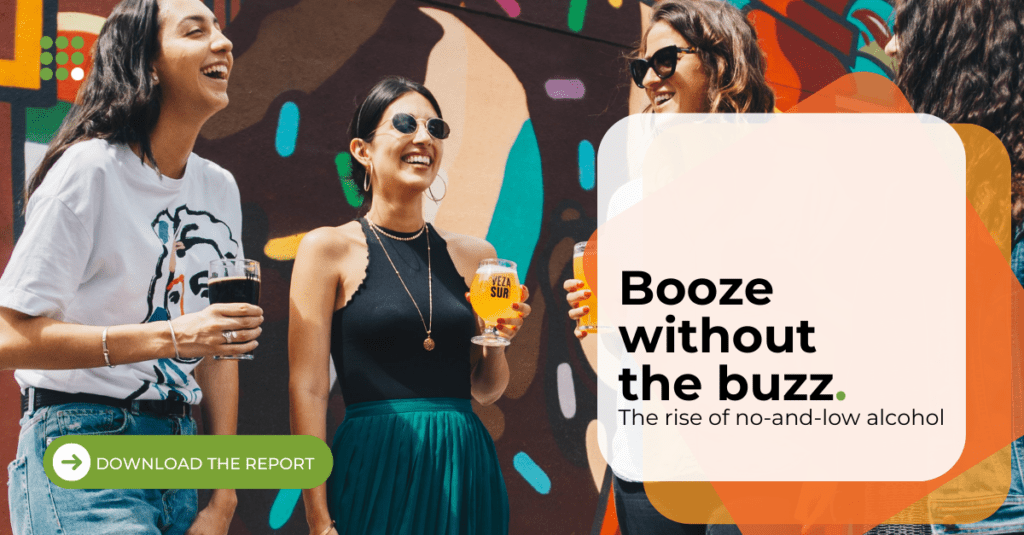
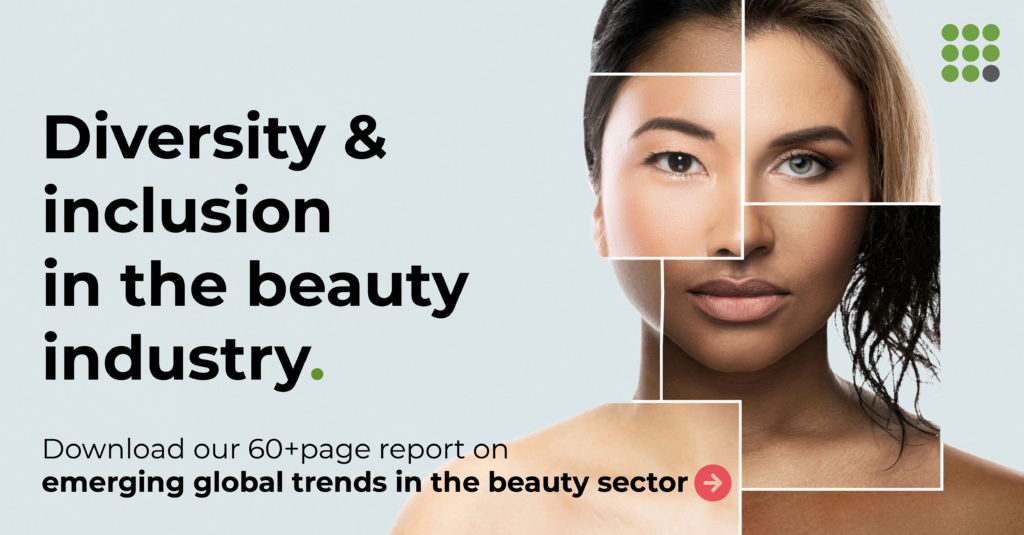


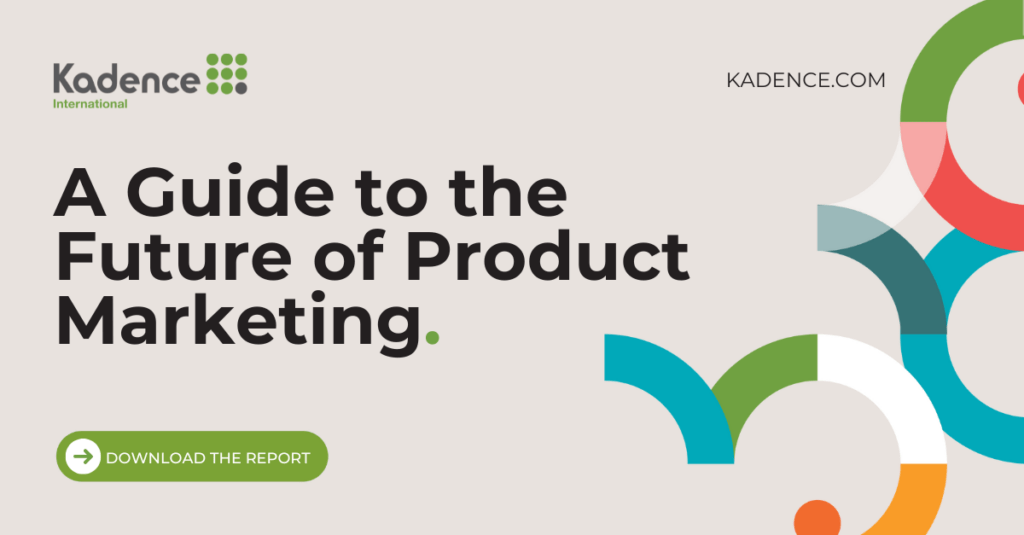
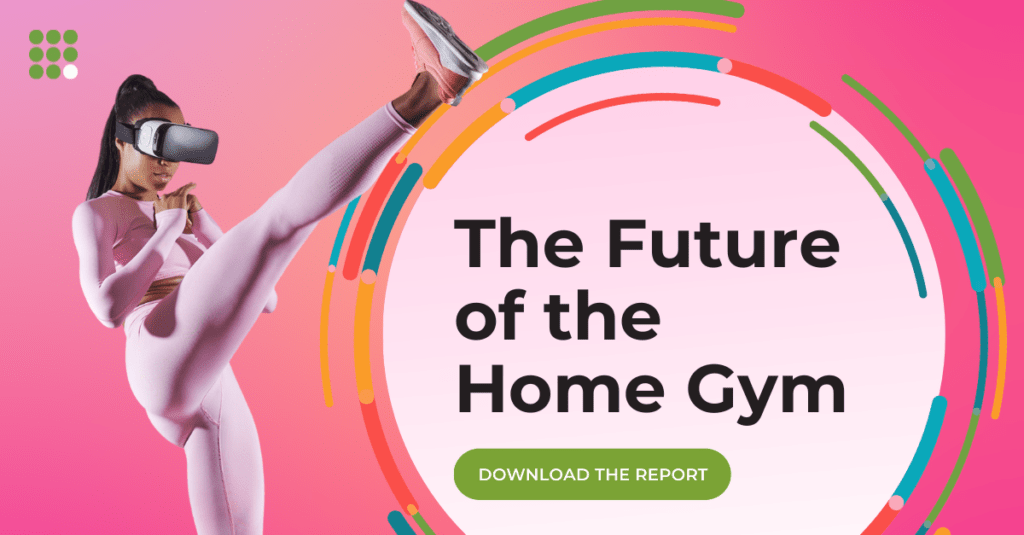
 Senior Marketing Executive
Senior Marketing Executive Sales & Marketing
Sales & Marketing General Manager PR -Internal Communications & Government Affairs
General Manager PR -Internal Communications & Government Affairs Vital Strategies
Vital Strategies
 Customer Intelligence Director
Customer Intelligence Director